Meshach A. Pierre
GitHub Twitter Instagram LinkedIn Guianensis (Blog) meshachpierre@gmail.com mpierre2@ufl.edu
Research
On This Page
Research Interests
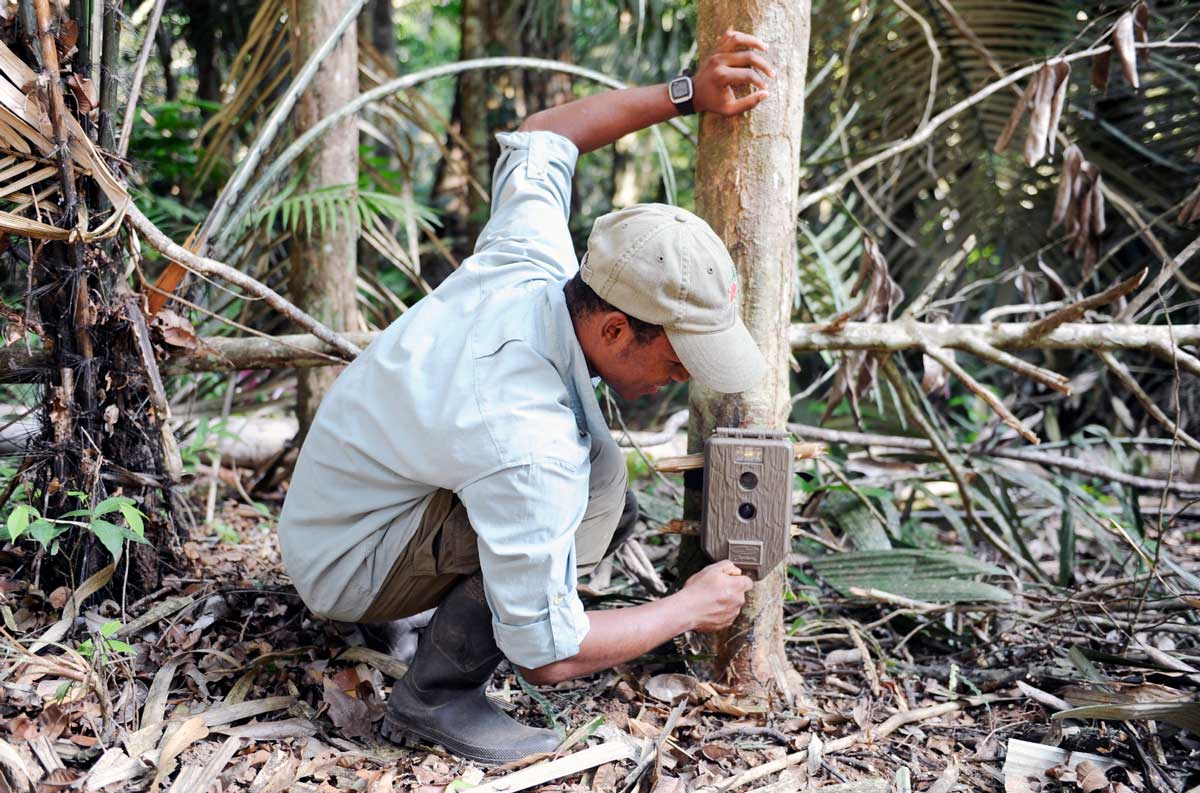
I am interested in the conservation of wildlife in the Guiana Shield and Caribbean. Broadly, I have the following research interests: bird and large mammal ecology and conservation; and the human dimensions of human-wildlife interactions, including and human-wildlife coexistence and conflict, and managing the wildife trade.
I am most interested in applied research that aims not only to further scientific understanding, but to influence management and policy to benefit both wildlife and the people who live alongside them. This may range from understanding the effects of land use on wildlife populations, and/or the coexistence of Indigenous communities with wildlife.
As I journey further into the human-dimensions of conservation, I hope to apply mixed-methodological approaches. I also aim to conduct socio-ecological research that combines social and ecological datasets to inform conservation decisions.
Past Research
Master’s research (MA Criminology, Law, and Society)
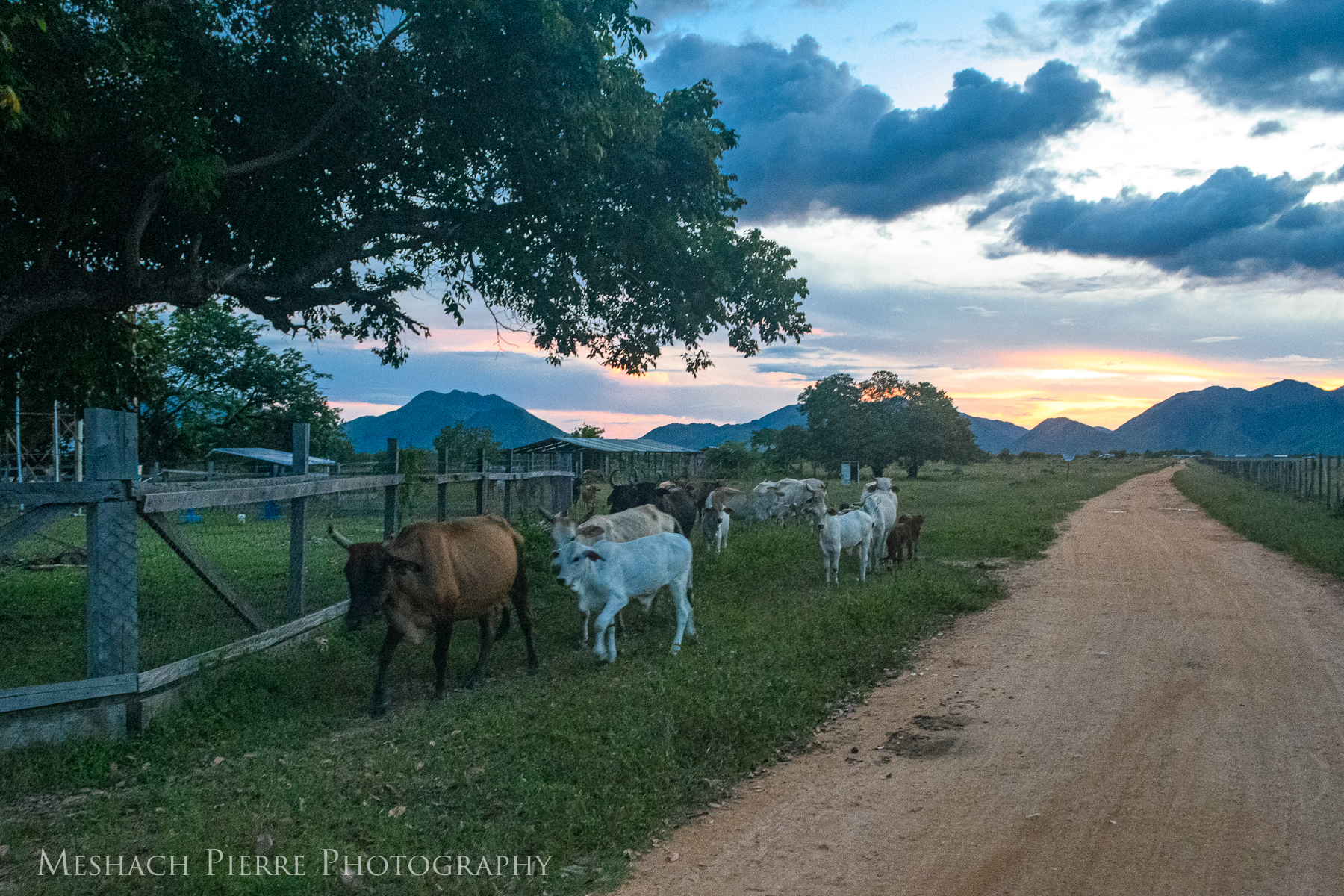
Committee chair/advisor: Dr. Jessica Kahler
Co-advisor: Dr. Matthew Hallett
My past research aimed to understand the human-dimensions of human-jaguar coexistence and conflict in the Rupununi region of Guyana. I applied the interdisciplinary conservation criminology framework to understand risk perceptions, environmental stewardship and guardianship intention towards jaguars and livestock. I applied criminological and sociological theories and concepts in a new, novel setting: remote, rural, ranches and mostly-Indigenous communities.
This project was part of the Sustainable Wildlife Management Programme-Guyana’s wider Human-wildlife conflict project led by Dr. Matthew Hallett.
We are currently working on publishing the results from this project in peer reviewed journals. Some results were published in a chapter of van Vliet et al. (2024) Wildlife and people in the Rupununi. You can also read about my findings in my thesis, available in the University of Florida repository.
Past research
Human-black caiman conflict in the North Rupununi wetlands (2017-2019)
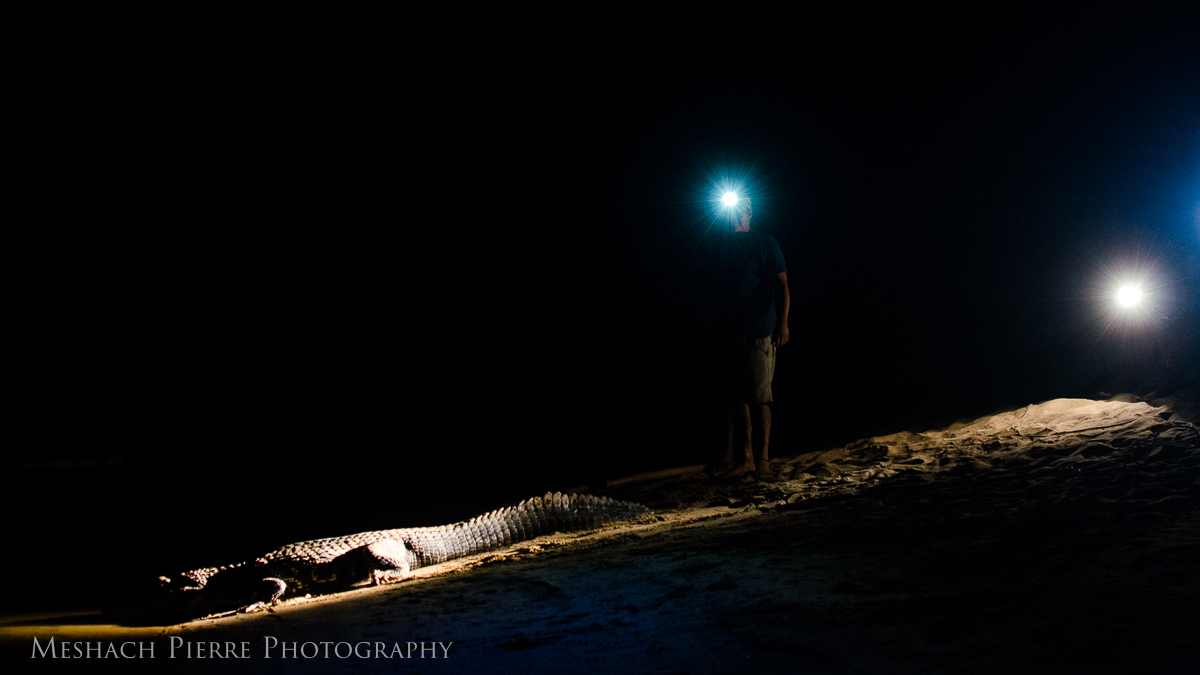
This project (in collaboration with Dr. Matthew Hallett and Caiman House) was the first study of human-black caiman conflict in the Rupununi region of Guyana. We collected survey data on fishing behaviour, attitudes towards and interactions with black caiman (Melanosuchus niger), the largest aquatic predator in South America.
This project served as the final project for my Postgraduate Diploma in International Wildlife Conservation Practice at the Wildlife Conservation Research Unit (WildCRU), University of Oxford. I was supervised by Prof. Claudio Sillero-Zubiri and Dr. Kim Jacobsen.
The first of our publications has been published in Human Dimensions of Wildlife. The second of our publications has been published in Conservation Science & Practice.
Jaguar populations in a mixed-land use landscape (2014-2015)
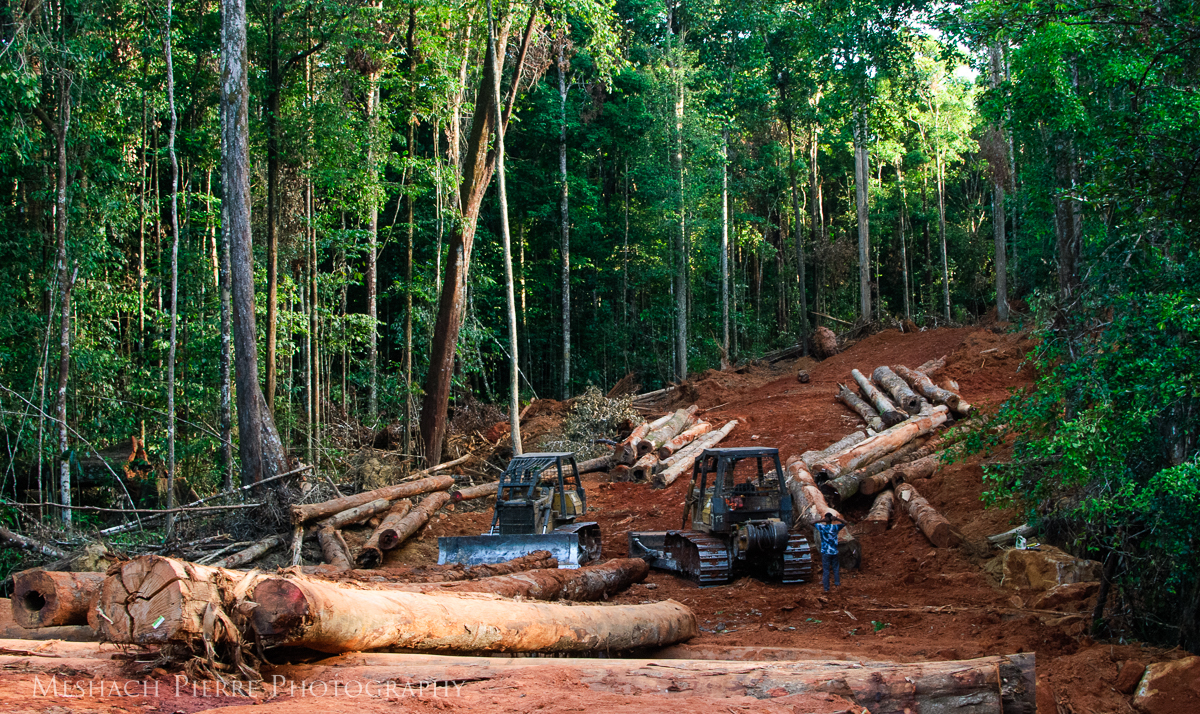
This project formed part of my Panthera Winston Cobb Memorial Fellowship (2014-2015) research. We studied the large-medium bodied mammals of the Siparuni logging concession operated by Demerara Timbers Ltd. (DTL). This concession featured logging, hunting, and mining.
An internal report for this project is available upon request. We are also planning to publish the findings (along with the data and code) in a peer reviewed journal.
Biodiversity assessment of the Upper Berbice region, Guyana (2014)
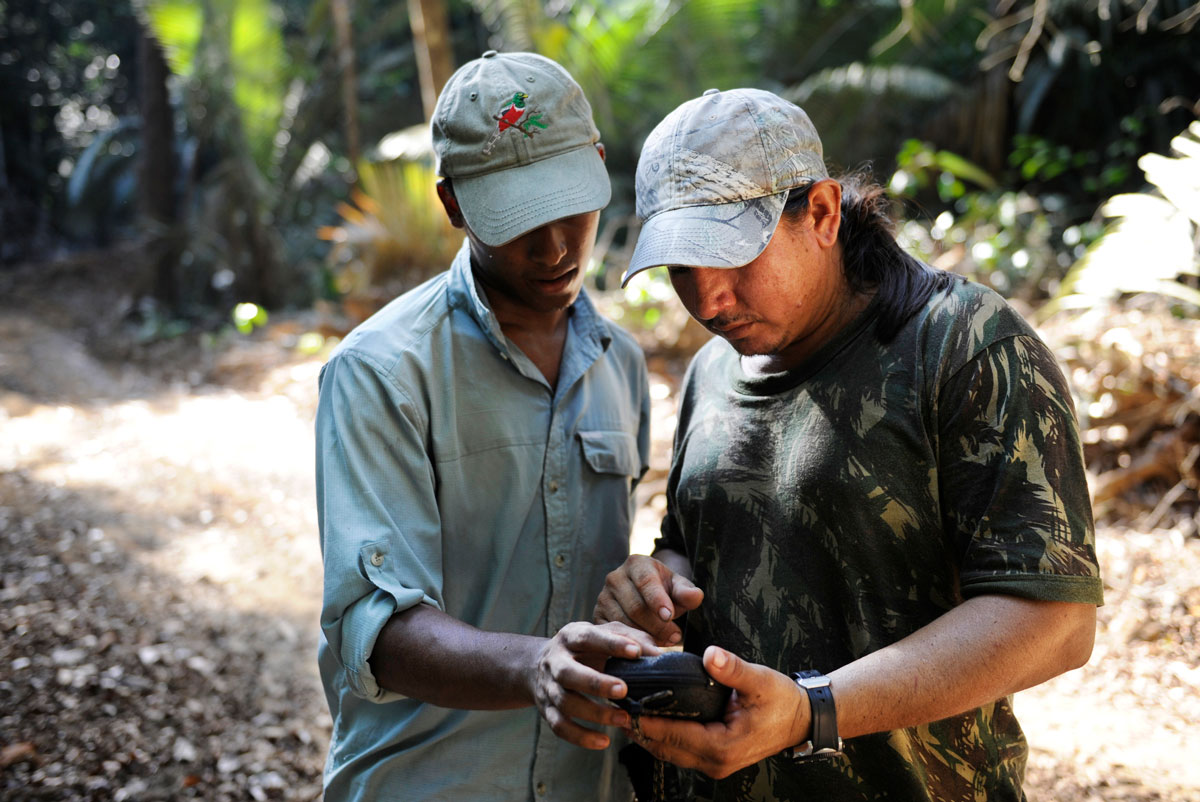
This collaboration between Panthera-Guyana and WWF-Guianas was one of the first activities I undertook as Panthera-Guyana’s Winston Cobb Memorial Fellow (2014-2015). We used camera traps and track surveys to document the large-medium mammals of a previously understudied (by Western scientists) forest in the Upper Berbice area.
The results from this project were published and are available below.
Research Outputs
Peer-reviewed
Published
- Hayes W. M., O’Shea, B. J., Pierre M.A., Wilson A., Bicknell J.E. (2023) Bird communities across different levels of human settlement: a comparative analysis from two northern Amazonian ecoregions. Science of the Total Environment. [Decision: Accepted]
- Sillero-Zubiri C., Ardiantiono, Caruso F., Eshete G., Sanjeewani N., Pierre M.A. (2023). From conflict to coexistence: Riding the challenges arising from an ever-expanding human-wildlife interface. Oryx, 57(4), 409-410.
- Pierre M.A., Jacobsen K.S., Hallett M.T., Harris A.E.M., Melville A., Barnabas H., Sillero-Zubiri C. (2023). Drivers of human-black caiman (Melanosuchus niger) conflict in Indigenous communities in the North Rupununi wetlands, SW Guyana. Conservation Science and Practice, 5(1), e12848 .
- Harris A.E.M., Maharaj G., Hallett M.T., Pierre M.A., Chesney C., Melville A. (2023). The influence of diet overlap and nest-site aggression on human-black caiman conflict in Guyana. Human Dimensions of Wildlife. 28(4)
- Fisher J.C., Mistry J., Pierre M.A., Yang H., Harris A., Hunte N., Fernandes D., Bicknell J.E., Davies Z.G. (2021). Using participatory video to share people’s experiences of neotropical urban green and blue spaces with decision-makers. The Geographical Journal 00:1-15.
- Pierre M.A., Ignacio L., Paeamelaere E.A.D.P. (2020). Medium- and large-bodied terrestrial mammals of the Upper Berbice region of Guyana. Check List 16(5): 1229-1237.
- Johnson P., Adams V. M., [and 29 others, including Pierre M.] 2019. Consequences Matter: Compassion in Conservation Means Caring for Individuals, Populations and Species. Animals 9(12): 1115.
- Hayes W., Fisher J., Pierre M.A., Bicknell J.E., Davies Z.G. 2019. Bird communities across varying landcover types in a Neotropical City. Biotropica 00:1-14.
- Milensky C. M., Robbins M. B., [and 5 others, including Pierre M.] 2016. Notes on Breeding Birds from the Guyana Highlands with New Records from a Recent Inventory of Mount Ayanganna. Cotinga 38: 64–78.
Grey and popular literature
- Pierre M., and O’Shea B.J. 2019. Bird racing: Culture and conservation. North Carolina Naturalist 27(1): 2-3
- Pierre M., O’Shea B.J. 2018. The trade in seed-finches from the Guianas: Can a diaspora fuel an international trade?. Trading Ideas. Oxford Martin School, University of Oxford. Oxford, UK.
- Pierre M., Ignacio L., Torres D., Torres E., and Paemelaere E.A.D. 2018. Large and medium mammals of the upper Berbice region, Guyana. In Alonso L.E., Persaud J., and Williams A. (Eds.). Biodiversity Assessment Survey of the Upper Berbice Region, Guyana, pp. 100-113. WWF-Guianas, Georgetown, Guyana.
- Pierre M., Paemelaere E.A.D.P. 2017. Wildlife Management Assessment Region 9: Upper Takatu–Upper Essequibo, Guyana. Conservation International–Guyana. Georgetown, Guyana. [Internal report]
- Snyder A., and Pierre M., Gomes E., Noonan B. 2016. Amphibians and Reptiles of Kusad Mountain and the Parabara Region in the South Rupununi, Guyana. In Alonso L.E., Persaud J., and Williams A. (Eds.). Biodiversity Assessment Survey of the South Rupununi Savannah, Guyana. BAT Survey Report No. 1. WWF–Guianas, Georgetown, Guyana.
Datasets and code
Please see my GitHub for published datasets and code. The dataset and code for the Upper Berbice Check List paper is stored there, but will be transferred to a long-term repository in future. As I publish more of my work, more data and code will become available.